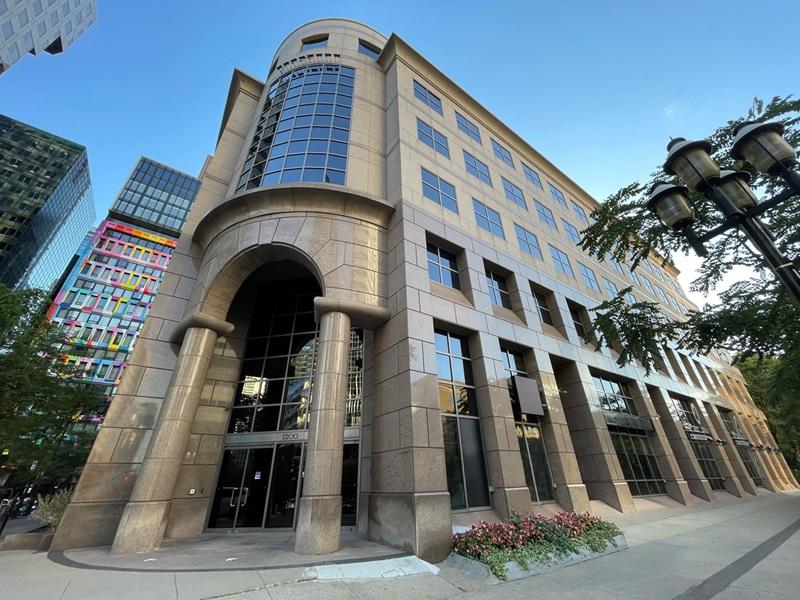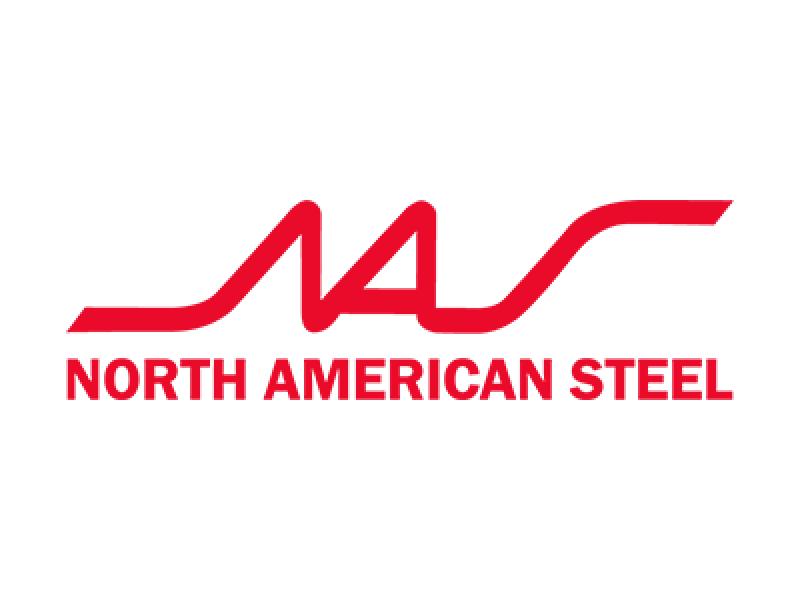
Todd Throndson is a principal, and the managing director of Avison Young’s Calgary office. (Courtesy Avison Young)
As office buildings in Canada are prepared for workers to return, the big question is how much space companies will need in the new reality with COVID-19 impacting revenues, and the potential increase in remote work.
That question is even more significant for the beleaguered Calgary downtown office market which continues to see an elevated vacancy rate due to persistent low oil prices.
Todd Throndson, managing director and principal of commercial real estate firm Avison Young and a member of BOMA Calgary’s board of directors, said change is inevitable, but that isn’t necessarily a bad thing.
“Every organization is re-looking at how they use their office space and most organizations that we have talked to have found that they’ve been able to operate their business with their people at home in a reasonable fashion, if not a good fashion,” he said.
As a result, he expects more people to be able to work from home.
“That doesn’t mean that they’re not going to continue to need space,” he said. “Most organizations will still define that they need most of their people to be able to come into the office. Let’s say two-thirds of an operation will stay structured in a downtown buns-and-seats type of environment.
“A third of the office is going to be a floating group. That could mean they’re permanently off-site working from home or working out of their car or working from hotels.
“Or it could mean an organization is rotating people around to get some connectivity still in their office space for different business lines.”
Office workspaces to be adapted
While there might be fewer employees, he expects companies will adapt their workspaces to allow individuals more space. He also expects more personal work areas to be created.
Another factor to consider is whether business will want to be downtown, because public transportation will become a bigger issue.
At the end of Q1 2020, Calgary’s downtown vacancy rate was 24.7 per cent with an additional 225,000 square feet on the market, according to Avison Young.
Net absorption for the last 12 months is 316,000 square feet, but the five-year average annual absorption for office space in downtown Calgary is -897,000 square feet/year.
There are many questions right now.
How many businesses will survive the pandemic? How will tenants use their space when they return? What will be the impact to vacancy and occupancy costs? What type of market will there be for office lease transactions?
How will landlords approach deals when tenants’ financial covenants are strained due to reduced revenues? What will Calgary’s CRE industry look like in a year’s time?
“It is unlikely we will see much impact from the COVID pandemic on the office market until the third quarter of 2020. Calgary’s unemployment rate increased to 8.6 per cent in March 2020, up from 7.4 per cent just one month prior,” said the Avison Young report. “How high it will reach is anyone’s guess, but the reporting we have so far is just the tip of the iceberg.
“The good news is landlords and building owners are already making changes to their buildings to keep their tenants safe, preparing for the eventual return-to-office timeframe. Cleaning and sanitation schedules will be increased. HVAC systems will be modified or improved.
“Population densities in common areas such as lobbies and elevators will be regulated. Changes to office layouts will be made to accommodate social distancing. In a very short period of time, the experience of going to an office will be much different for the foreseeable future.”
BOMA Canada’s Pathway Back to Work

How much space will office tenants want as they rethink their requirements in the post-COVID era? It’s a question which is doubly important in Calgary, which has already been impacted by an ongoing downturn in the oil and gas sector. (Google Street View)
BOMA Canada recently released its Pathway Back to Work guide to help building owners and property managers provide a safe return for building personnel, visitors, vendors, contractors and others to commercial real estate across Canada.
“No two properties are alike, so we cannot recommend a single one-size-fits-all approach nor can the approach . . . capture every single consideration. Instead, we have prepared a framework which individual property managers can both adapt and adopt,” said the report.
Benjamin Shinewald, president and CEO of BOMA Canada, said the guide’s key message is one of hope.
“There may be ups and downs and there may be timing issues, but we will get back to normal. We will be at a point where COVID is behind us. We are at the earliest stages of that process right now and now is the time to start to prepare for re-entry, staggered or otherwise, into our assets,” said Shinewald.
“We exist for our tenants and they’ve got to be able to enjoy their space, but it’s a weird moment and it’s hard. It’s complicated, but let’s start now with that process.”
Lloyd Suchet, executive director of BOMA Calgary, said the one other characteristic of Calgary’s office market is the extensive Plus-15 walkway network connecting downtown buildings. That will have to be taken into consideration for health and safety protocols during the reopening of towers in the core.
Suchet said the economic downturn caused by COVID and lower oil prices will continue to weigh on the downtown office market in Calgary.
“It was a challenging market prior to COVID and this is only going to make it even more challenging,” he said.
“Real challenges lie ahead and (when) you look at the role commercial real estate plays in our society and in our market in a lot of public pensions, there is significant concern out there.”
BOMA Canada has about 3,500 members spread across 11 regional chapters. It focuses on asset management, property management, building operations and associated vendors, suppliers and partners.
BOMA Canada is an affiliated member of BOMA International, a federation of 93 BOMA U.S. associations and 16 international affiliates.
RELATED ARTICLES:
* Skyline buys 1.1M sq. ft. of Calgary industrial property
* MSCI/REALPAC property index dips to open 2020
* COVID-19’s potential impact on CRE valuations, by asset class







